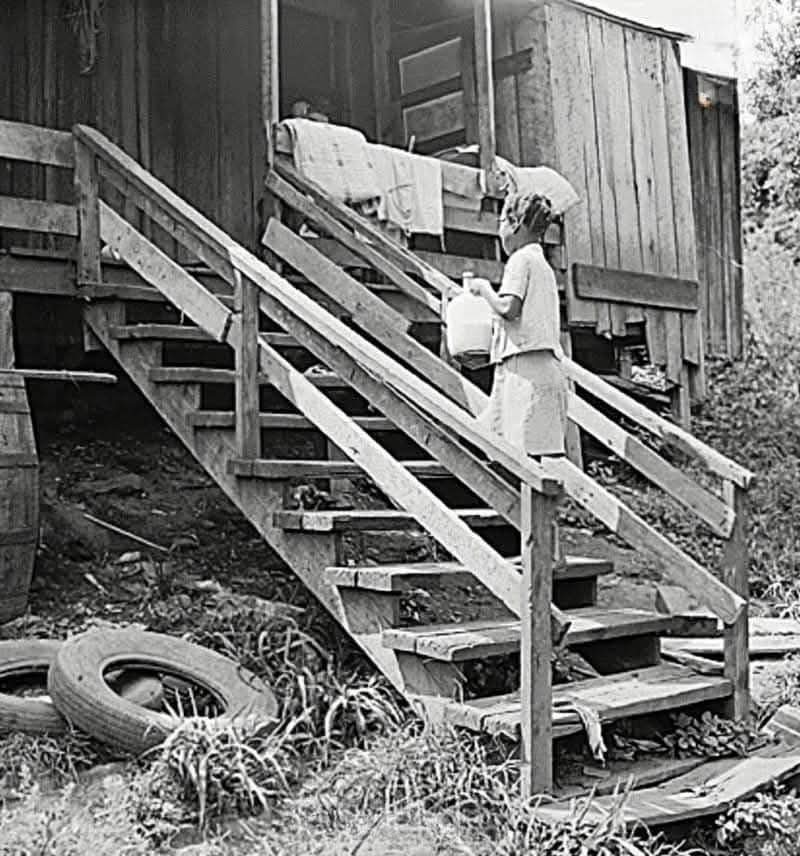In 1946, a young daughter of Lawson Mayo carried milk from a neighboring miner’s farm in Harmco, Wyoming County, West Virginia. The family relied on raw milk from untested cows, a common practice in rural mining communities during that time. The milk was sold directly by the miners and transported in buckets and strainers that were washed with only a small amount of lukewarm water. This practice reflects the simplicity of life in the area and the challenges faced by families living in isolated, working-class communities.Life in these Appalachian coal mining communities was defined by self-sufficiency, with families like the Mayos depending on local resources to meet their daily needs. The act of transporting and handling milk was just one example of how these communities relied on basic, often rudimentary methods for survival. While such practices were a testament to the resilience of these families, they also highlighted the health and sanitation issues that many miners’ families had to contend with.Captured by photographer Russell Lee, this image provides a snapshot of post-war life in rural Appalachia, where families lived in close-knit, often difficult conditions. It serves as a reminder of both the resourcefulness and the hardships experienced by these communities as they navigated the realities of coal mining and rural life in the mid-20th century.
